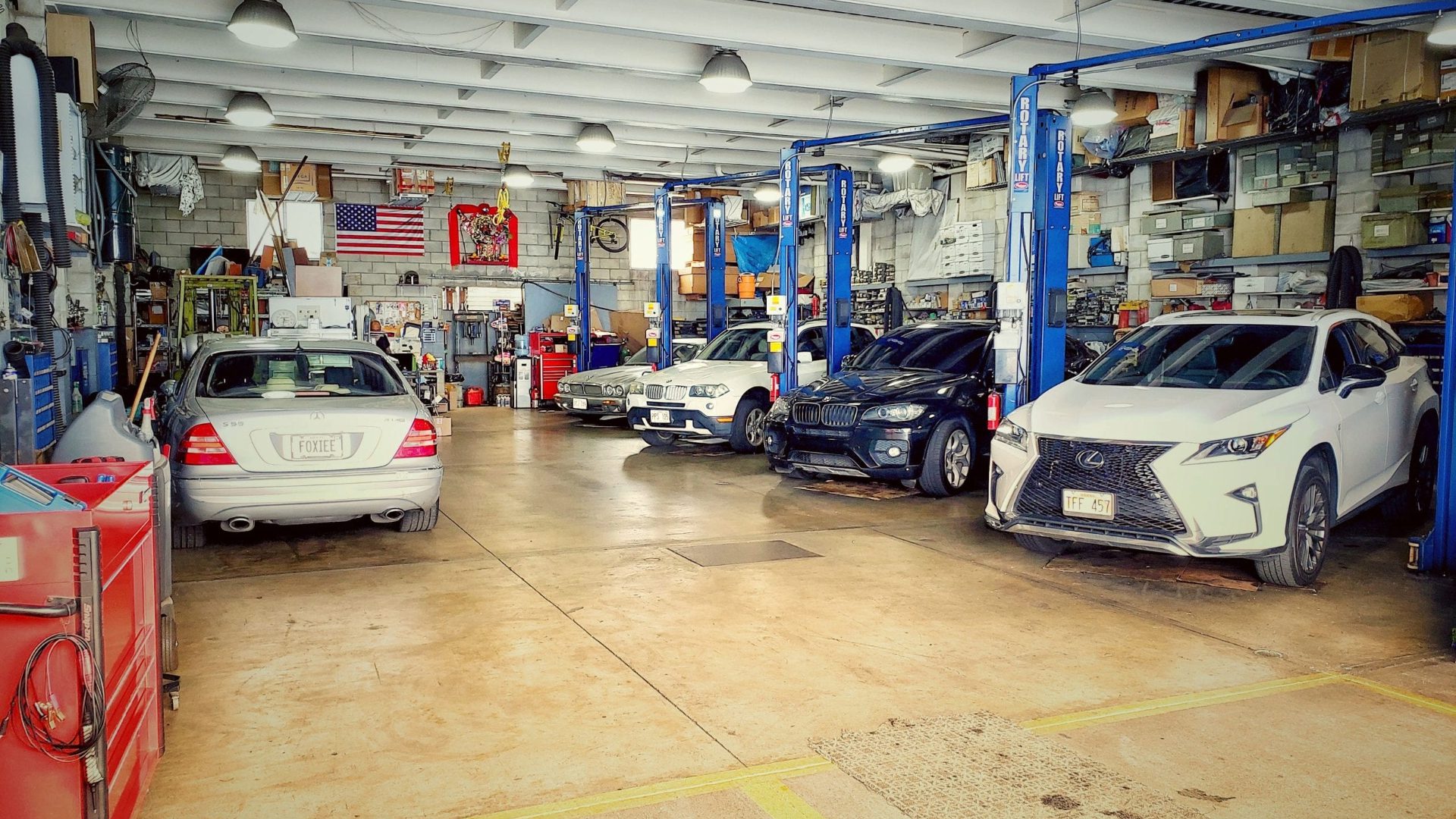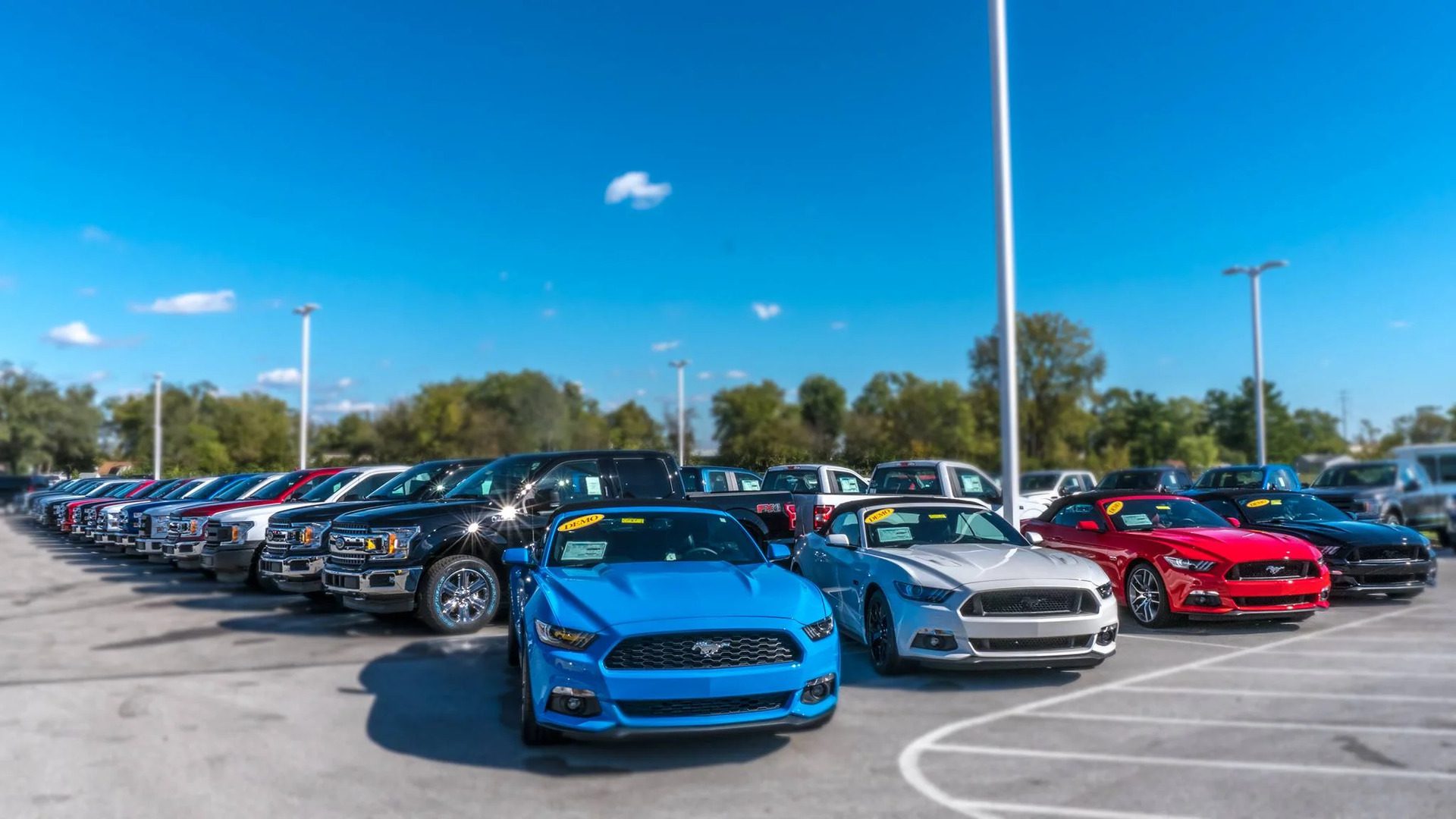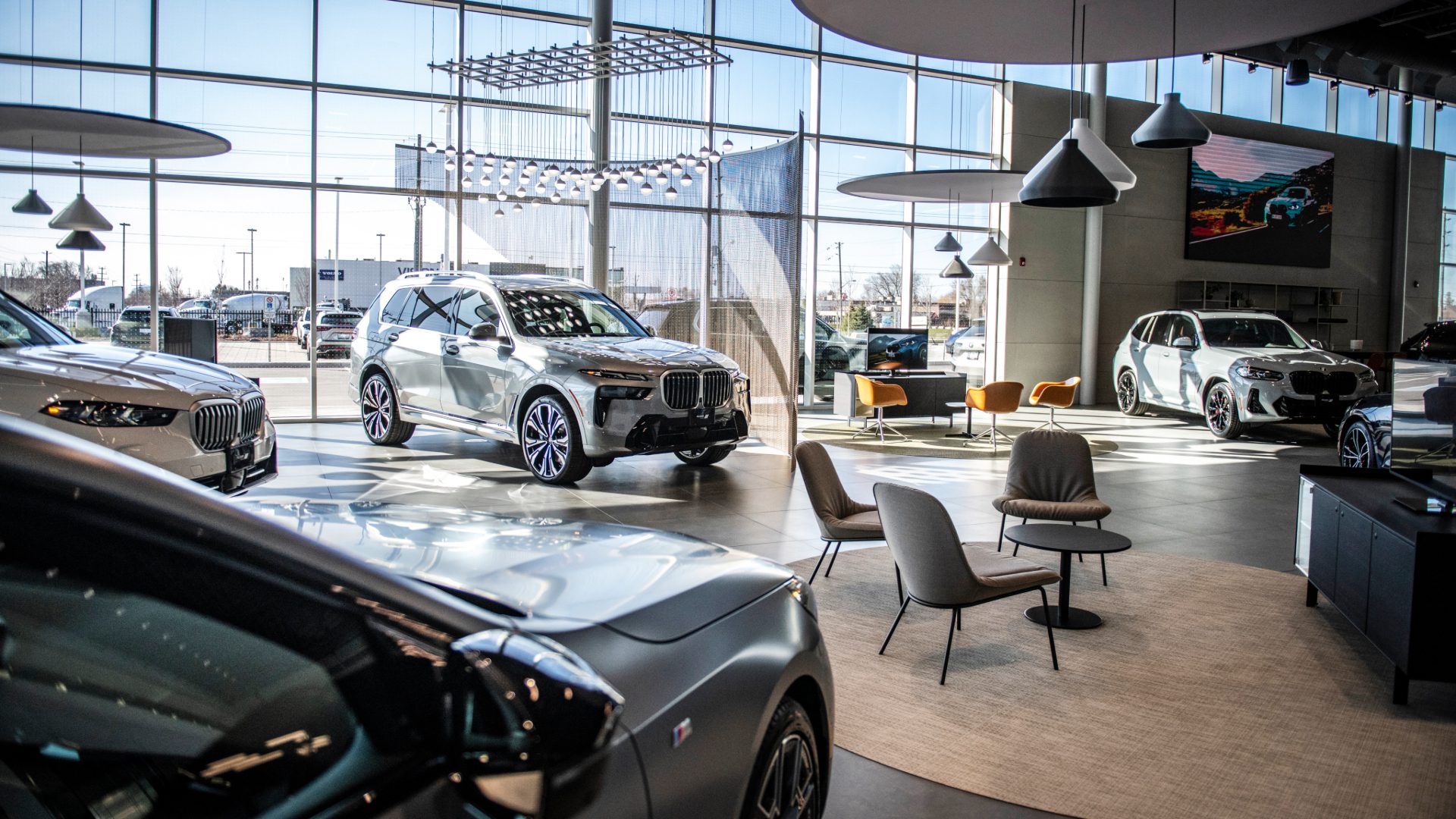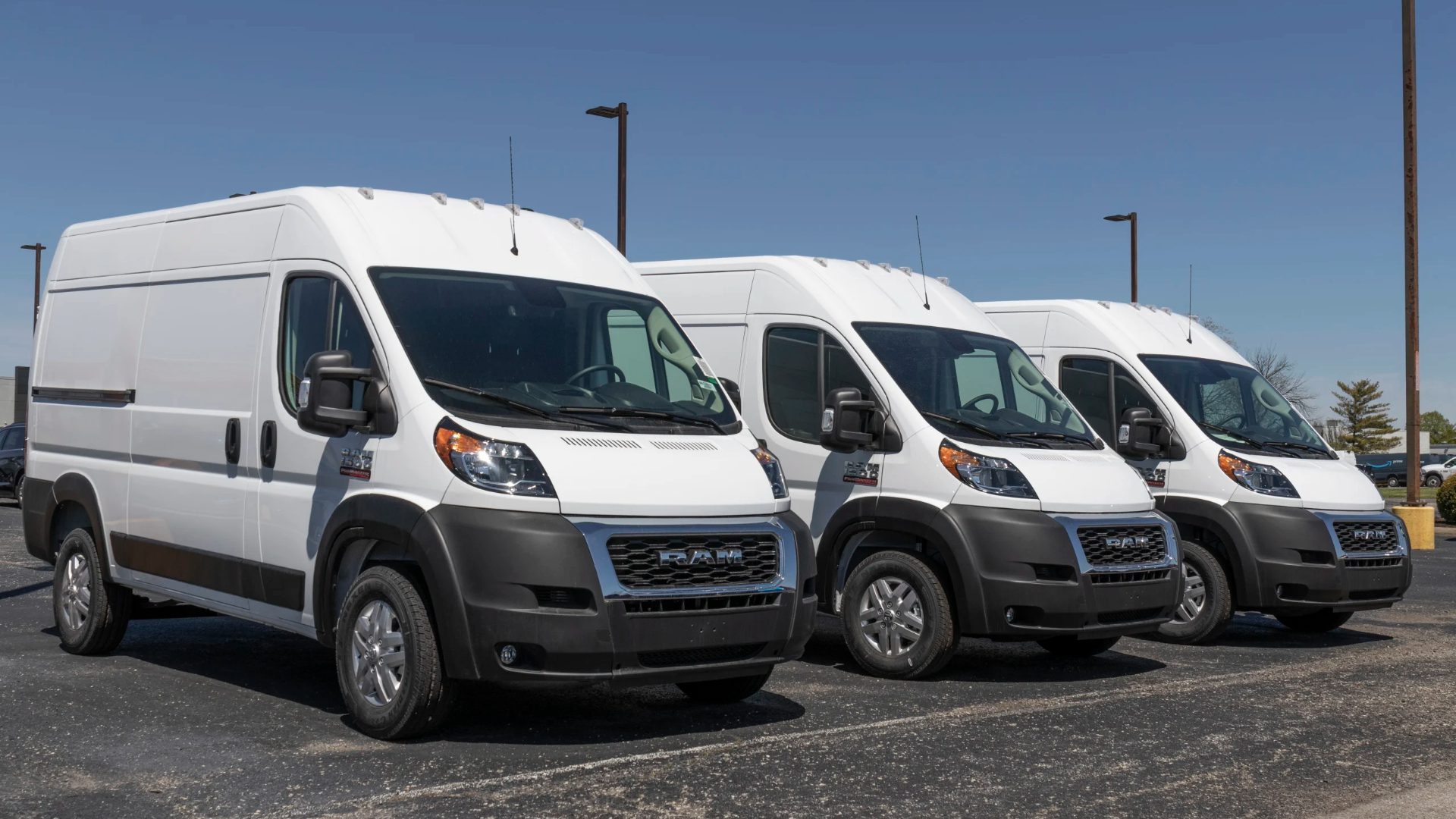Summary
- Rental car fleets may shrink as companies keep vehicles longer, leading to older cars and higher rental prices.
- Ride-sharing services face pressure, with rising vehicle costs reducing driver availability and raising fares.
- Insurance premiums are rising, as tariffs increase the cost of imported auto parts needed for repairs.
- Used car prices are expected to climb, echoing the chip shortage era as buyers avoid expensive new cars.
- Fleet operators and delivery services could see costs spike, especially for vans like the RAM ProMaster built in Mexico.
When we talk about tariffs on cars, most people jump straight to the sticker shock on dealership lots. But what’s often overlooked is just how interconnected the U.S. auto industry really is. Even a vehicle assembled on American soil — say, a Ford F-150 — relies on thousands of parts, many sourced from over two dozen countries, including Mexico, Canada, Romania, and South Korea. That means Trump’s 25% tariff on imported cars and parts wouldn’t just hit foreign brands; it would ripple through American-built vehicles as well and the entire North American auto industry.
And that ripple doesn’t stop at the dealership. From ride-sharing services to rental fleets, from car insurance to used vehicles, the costs of these tariffs are likely to impact the lives of everyday drivers. Let’s take a look at which parts of the auto economy could feel the heat with Trump’s new tariffs and why it may hit closer to home than you think.
Car Rentals: Higher Costs, Older Fleets
The car rental industry runs on volume: volume of purchases, volume of fleet turnover, and volume of bookings. Companies like Hertz, Avis, and Enterprise refresh their fleets regularly to maintain reliability and keep resale values high. But if tariffs raise the cost of new vehicles, rental companies may have to rethink that strategy.
Instead of buying new cars in bulk, rental firms might hold on to vehicles longer. That means older cars on the lot, more frequent maintenance needs, and possibly more customer complaints. To offset the higher acquisition costs, rental prices could creep up too, especially at airports and tourist hubs, where demand is always strong.
Ultimately, travelers may find themselves paying more for less (older cars at higher prices) all thanks to a ripple that started with tariffs on a brake pad from Canada or a transmission from Mexico.
Ride-Sharing: Uber and Lyft Could Take a Hit
For many Uber and Lyft drivers, the cost of the vehicle is their single largest investment. Tariffs that raise prices on both new and used vehicles make it harder for drivers to enter or stay in the ride-share game.
Some drivers lease or rent their vehicles through programs like Uber’s Vehicle Marketplace. Higher vehicle prices mean those rental programs become more expensive too. That could reduce the supply of available drivers, and when supply goes down, guess what goes up? Fares.
There’s also a long-tail effect here. Higher car prices could encourage drivers to keep older vehicles on the road longer, which could impact the overall rider experience. If that five-star ride starts feeling more like a three-star commute, don’t be surprised, it might be riding the tariff wave too.
Car Insurance: Tariffs = More Expensive Repairs = Higher Premiums
It’s easy to assume that tariffs only impact the price of new cars, but they also affect what happens after you’ve bought one. According to industry experts, tariffs on auto parts will increase the cost of vehicle repairs. That, in turn, pushes insurance premiums higher.
A recent report from CBS News followed a Chicago repair shop where mechanics explained how the cost of a typical $200 fender could jump to $250 due to new tariffs. “If the parts go up, the repair bill goes up,” said one mechanic. “And if the repair bill goes up, your premiums will too.”
Even drivers of American-brand cars aren’t immune. Typically, your policy covers damage to your car, but also to the other driver’s car. And if that other car is packed with tariff-hit parts, your insurer’s costs go up regardless. Insurance companies projected a 7% hike in premiums even before these new tariffs kicked in. So, we can expect savvy consumers to continue shopping around, looking for deals from providers such as Panda 7 insurance who offer home and auto bundles.
In short, tariffs today could mean a bigger bill on your next renewal, even if you drive a “Made in the USA” badge.
Auto Repair and Parts: Business May Boom, But at a Price

If new car sales slow due to higher prices, more people will hang on to their current rides. That’s typically good news for independent mechanics and chain repair shops, who benefit from increased demand for maintenance and repair work.
But there’s a catch. Many replacement parts, such as alternators, sensors, control arms, and even brake pads, are imported from countries now facing tariffs. That means parts will get more expensive. And those higher prices could be passed along to you, the customer.
So yes, your local garage may be busier than ever, but you could end up paying more for even routine repairs. A $400 alternator job might become a $500 one. That’s inflation by way of international policy — with a wrench.
Used Car Market: Déjà Vu All Over Again

Remember when used car prices soared during the pandemic? That spike wasn’t just about demand, it was about supply chain issues, especially the chip shortage that crippled new car production. As fewer new cars rolled off assembly lines, shoppers turned to the used market, sending prices sky-high. We could see history repeat itself.
If tariffs drive up the price of new cars, buyers will look to the used market once again. That shift in demand could raise prices across the board, from lightly used 2023 models to decade-old sedans.
So if you thought buying used was a surefire way to save, think again. A 2018 Honda Civic with 60,000 miles might not be the deal it used to be, especially when dealerships are trying to stock up on used inventory to fill gaps left by expensive new models.
Dealerships: Between a Rock and a Hard Tariff

Dealers sit at the intersection of manufacturers and consumers. When new car prices rise due to tariffs, dealers may struggle to move inventory, especially if consumers start holding off on major purchases.
That leads to a tricky balancing act. Dealers might offer more aggressive financing or incentives, but those come out of their margins. Meanwhile, floorplan costs (the interest dealers pay to keep cars on the lot) can pile up fast.
Some dealerships might adapt by focusing more on used inventory or service departments. Others could face layoffs or closures, especially in areas with less demand or limited brand diversity.
Tariffs don’t just raise prices, they reshape how and where Americans buy their cars.
Fleet and Delivery Services: Van Life Gets More Expensive

Businesses that depend on fleet vehicles like FedEx, Amazon delivery contractors, or tradespeople could feel the pinch quickly. These companies often buy dozens or even hundreds of vehicles at a time.
One example is the RAM ProMaster, a popular van for commercial use. Every ProMaster is built at the Saltillo Van Assembly Plant in Mexico. Now that the tariffs went into effect, the price of importing these workhorses could jump overnight.
That increase gets passed down. Delivery costs could rise, surcharges could appear on your Amazon Prime order, and smaller businesses might scale back operations or delay fleet upgrades. When your plumber or HVAC tech shows up in a well-worn van, you’ll know why.
The Hidden Costs of a Tariff War
While the spotlight may shine on the price of new cars, the true impact of tariffs spreads much further. Whether you rent cars, drive for Uber, buy used, or pay insurance, you’re part of the auto ecosystem, and tariffs could touch every corner of it. As manufacturers, insurers, and everyday drivers adjust to a more expensive reality, the sticker shock may not end at the dealership. It might just begin there.




